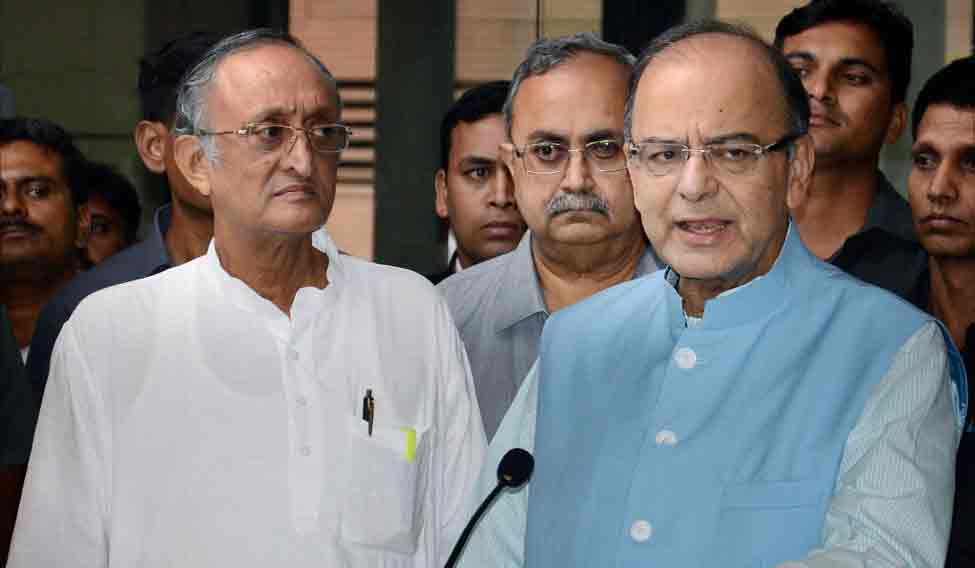With the monsoon session of the Parliament is all set to start, the focus is back on the much-debated Goods and Service Tax Bill, which is awaiting the nod of Rajya Sabha. Finance Minister Arun Jaitley, after meeting his state counterparts in Kolkata on Tuesday, said there was a consensus among the states in favour of the bill.
What is GST?
GST bill, considered to be the biggest indirect tax reform in independent India, aims to transform the country into a uniform market by replacing a slew of federal and state levies. Amalgamating several Central and state taxes into a single tax would mitigate cascading or double taxation. For consumers, the biggest advantage of GST will come in the form of a reduction in the overall tax burden on goods.
Structure of GST
GST will have two components—Central GST and state GST. Both Parliament and state legislatures will have concurrent powers to make laws on GST. Only the Centre may levy an integrated GST (IGST) on the interstate supply of goods and services, and imports.
GST council
A council will be set up to recommend rates of tax, period of levy of additional tax, principles of supply, special provisions to certain states etc. The GST council will consist of the union finance minister, union minister of state for revenue, and state finance ministers.
A brief timeline
♦ The discussion on GST was opened by previous UPA government in 2009. The Bill was first introduced by the UPA as a constitutional amendment bill in the Lok Sabha in 2011. However, it failed to get through as most of the BJP-ruling states stood against the bill.
♦ In 2014, the NDA government made slight changes in the bill and introduced it in Lok Sabha. The lower house passed the bill in May.
♦ In July 2015, a Rajya Sabha Select Committee ratified a report approving majority rulings of the GST Bill. While the Centre agreed to compensate the states for revenue loss for five years, Congress objected to the Bill.
♦ The government introduced the bill in Rajya Sabha in August, but the opposition parties led by Congress blocked the debate.
What are Congress’ objections
The Congress is pressing for three amendments in the fresh version of the legislation
1) Incorporating the GST rate in the Constitution amendment bill
2) A dispute resolution panel headed by a former SC judge
3) Doing away with the 1 per cent additional levy for 'manufacturing' states.
The government says it is willing to drop the additional levy, but has rejected the other two proposals.
Changed scenario
Though Congress remained adamant in its objections, the party seems to have been isolated in the parliament, with several other parties, including the RJD, the JDU and the Trinamool Congress, who were earlier opposed to the bill, coming in support of it. The Left parties also are expected to support the bill.
Apart from Congress, AIADMK is the only major party which has some reservations over the bill. Arun Jaitley on Tuesday said that all states except Tamil Nadu have virtually supported the Bill. However, the government hopes that it could rope in Jayalalithaa given the cordial equation between her and Prime Minister Narendra Modi.
Current Rajya Sabha status
The bill is to be passed by a two-thirds majority of members ‘present and voting’ in the Rajya Sabha. The current round of Rajya Sabha elections to 57 seats have given the NDA an edge over UPA, but it still lacks the majority it needs to push the crucial legislation.
Members status
NDA 74, UPA 71, SP 19, JDU+RJD 12, BSP 6, CPI-M 8, BJD 7 and DMK 5.




